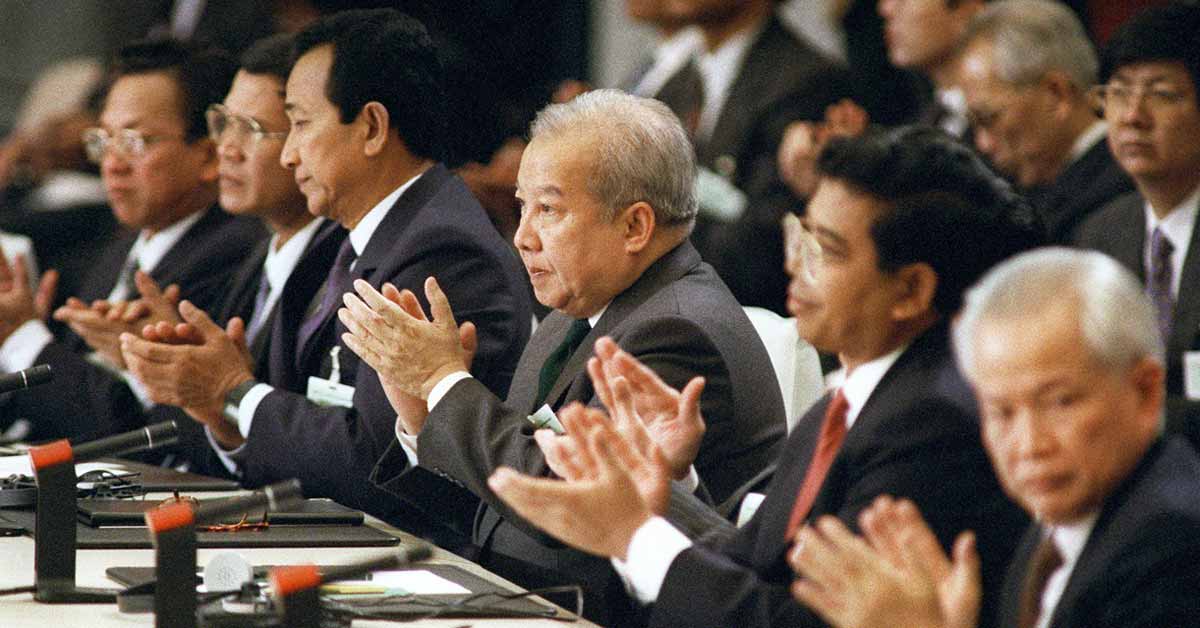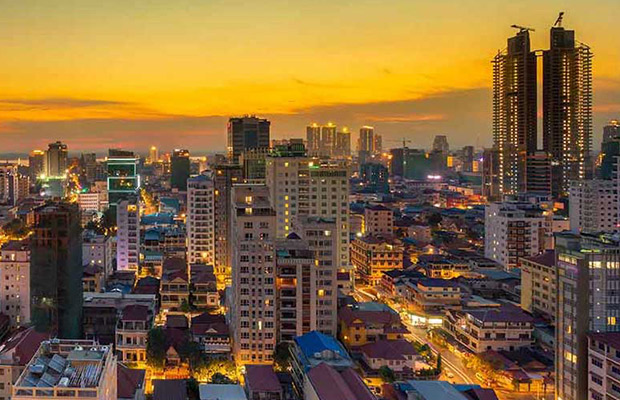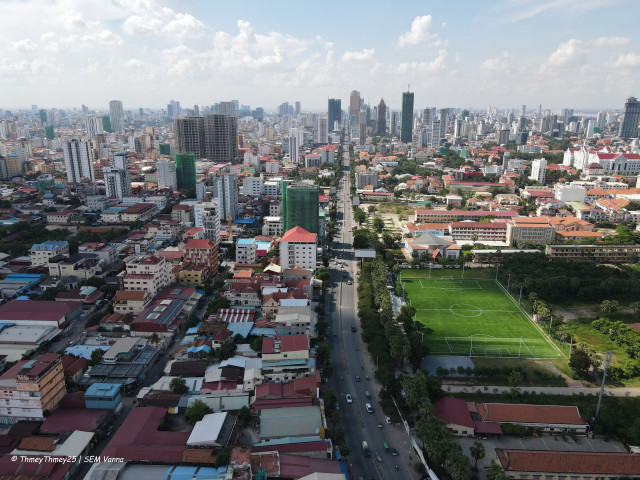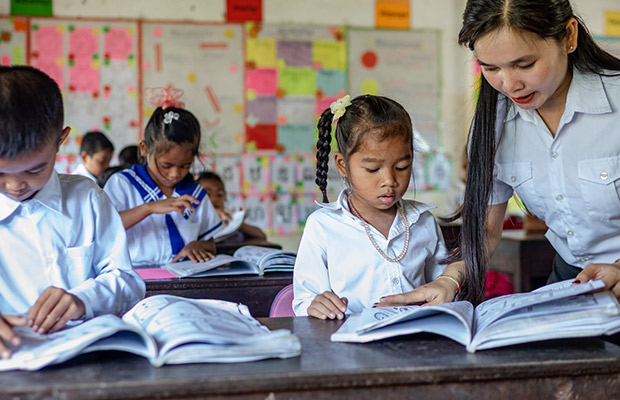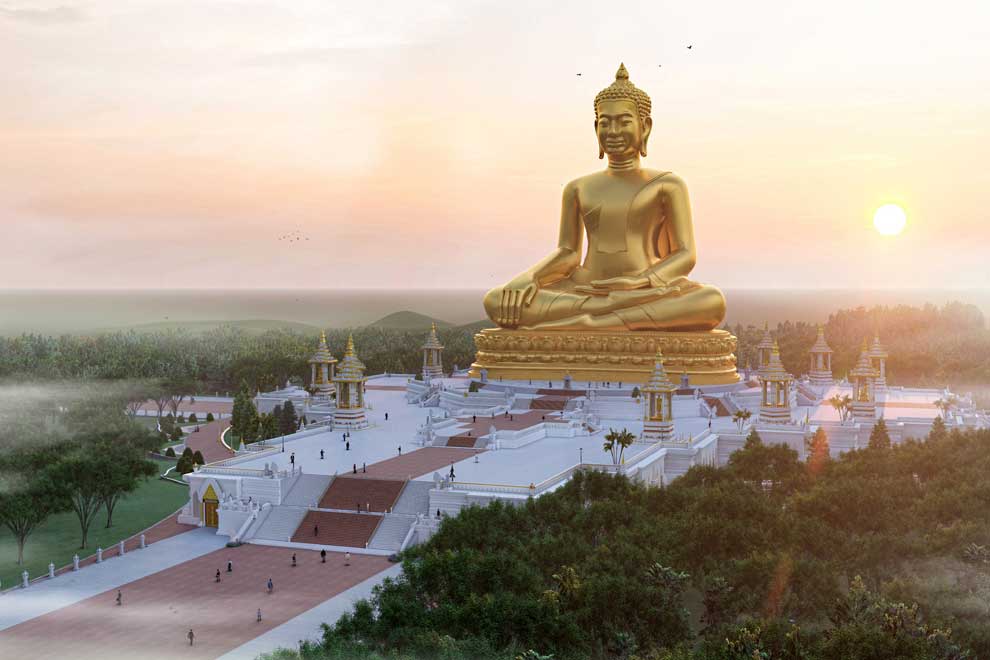- Pre-Colonial Era: Before European colonization, Cambodia, known historically as the Khmer Empire, was ruled by a succession of kings and empires, with Angkor as its capital. The Khmer Empire reached its zenith during the 12th century under King Jayavarman VII, who constructed Angkor Thom and the Bayon Temple. The empire’s decline began in the 13th century due to internal strife, external invasions, and environmental factors such as deforestation and drought.
- French Colonial Rule (1863-1953): Cambodia became a French protectorate in 1863 as part of French Indochina, which also included Vietnam and Laos. Under French colonial rule, Cambodia experienced significant socio-economic changes, including the introduction of modern infrastructure, education, and administration. The French exploited Cambodia’s resources and helped develop the country, offering scholarships for Cambodian students to study in France, and protecting Cambodian from the invasion of foreign countries.
- Independence and the Sangkum Reastr Niyum (1953-1970): Cambodia gained independence from France in 1953 under King Norodom Sihanouk, who played a central role in shaping the country’s political landscape. King Sihanouk established the Sangkum Reastr Niyum (People’s Socialist Community) party and pursued a policy of neutrality in the Cold War era, seeking to balance relations with both Western and communist blocs.
- Lon Nol Regime (1970-1975): In 1970, Prince Norodom Sihanouk was ousted in a coup led by General Lon Nol, who established the Khmer Republic. The Lon Nol regime faced internal instability, armed insurgency from communist factions such as the Khmer Rouge, and military pressure from North Vietnam and the Viet Cong. Despite receiving military and financial support from the United States, the Khmer Republic struggled to maintain control, ultimately collapsing in April 1975.
- Khmer Rouge Regime (1975-1979): The Khmer Rouge, led by Pol Pot, seized power in Cambodia in April 1975 after the fall of Phnom Penh. Under their radical communist regime, known as Democratic Kampuchea, the Khmer Rouge implemented extreme policies aimed at creating an agrarian utopia. These policies resulted in widespread atrocities, including forced labor, mass executions, and genocide, leading to the deaths of an estimated 1.7 million people. The regime was overthrown in 1979 by Vietnamese forces, leading to a complete liberation of the country from the darkness of the Khmer rouge regime.
- Vietnamese Occupation and the People’s Republic of Kampuchea (1979-1989): Following the overthrow of the Khmer Rouge, Vietnam installed a new government known as the People’s Republic of Kampuchea (PRK), led by former Khmer Rouge cadre Hun Sen. The PRK, backed by Vietnam, faced resistance from anti-Vietnamese factions, including remnants of the Khmer Rouge. The occupation by Vietnamese forces and the establishment of the PRK led to international condemnation and diplomatic isolation of Cambodia.
- Modern Period: Cambodia’s modern political era began with the signing of the Paris Peace Accords in 1991, which paved the way for the restoration of monarchy under King Norodom Sihanouk and the transition to a constitutional monarchy. Multiparty elections were held in 1993, resulting in the formation of a coalition government led by Cambodian People’s Party (CPP) and the royalist FUNCINPEC party.
Cambodia’s political history is marked by a series of tumultuous transitions, from pre-colonial kingdoms to colonial rule, independence, civil war, genocide, foreign occupation, and the challenges of democratization in the modern era. These historical developments continue to shape Cambodia’s political landscape and societal dynamics today.
